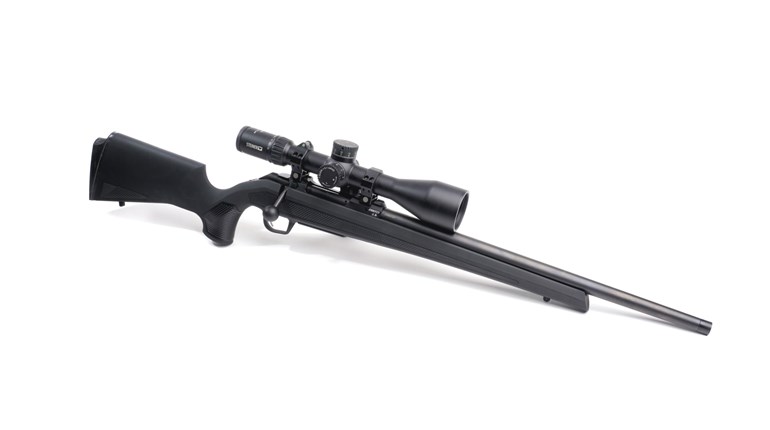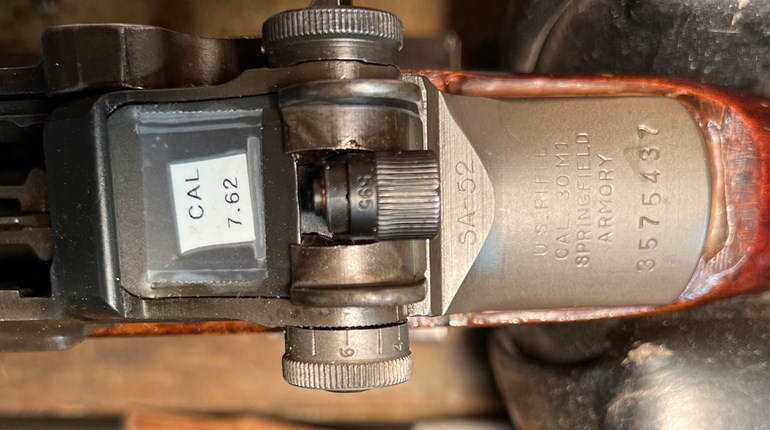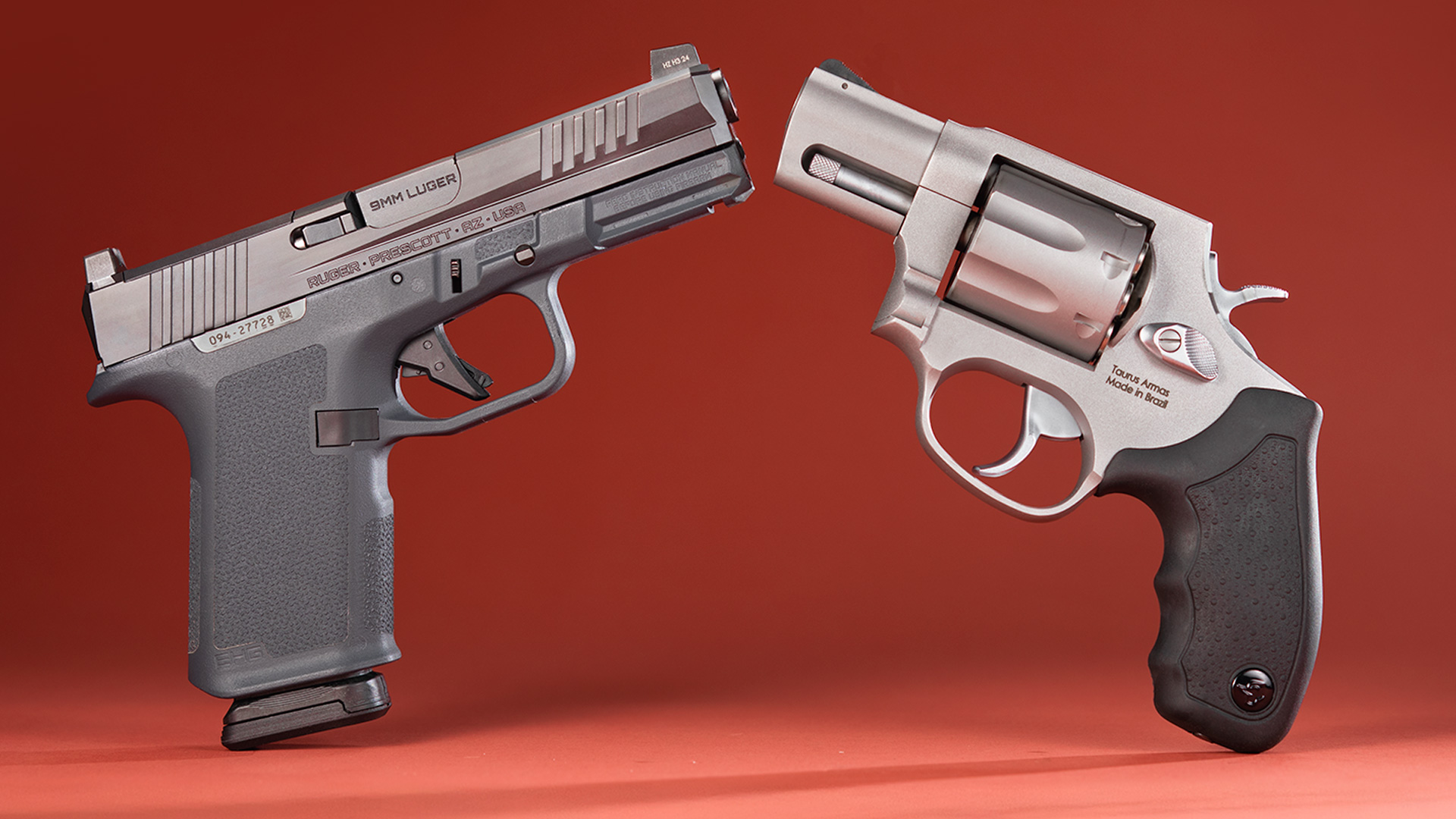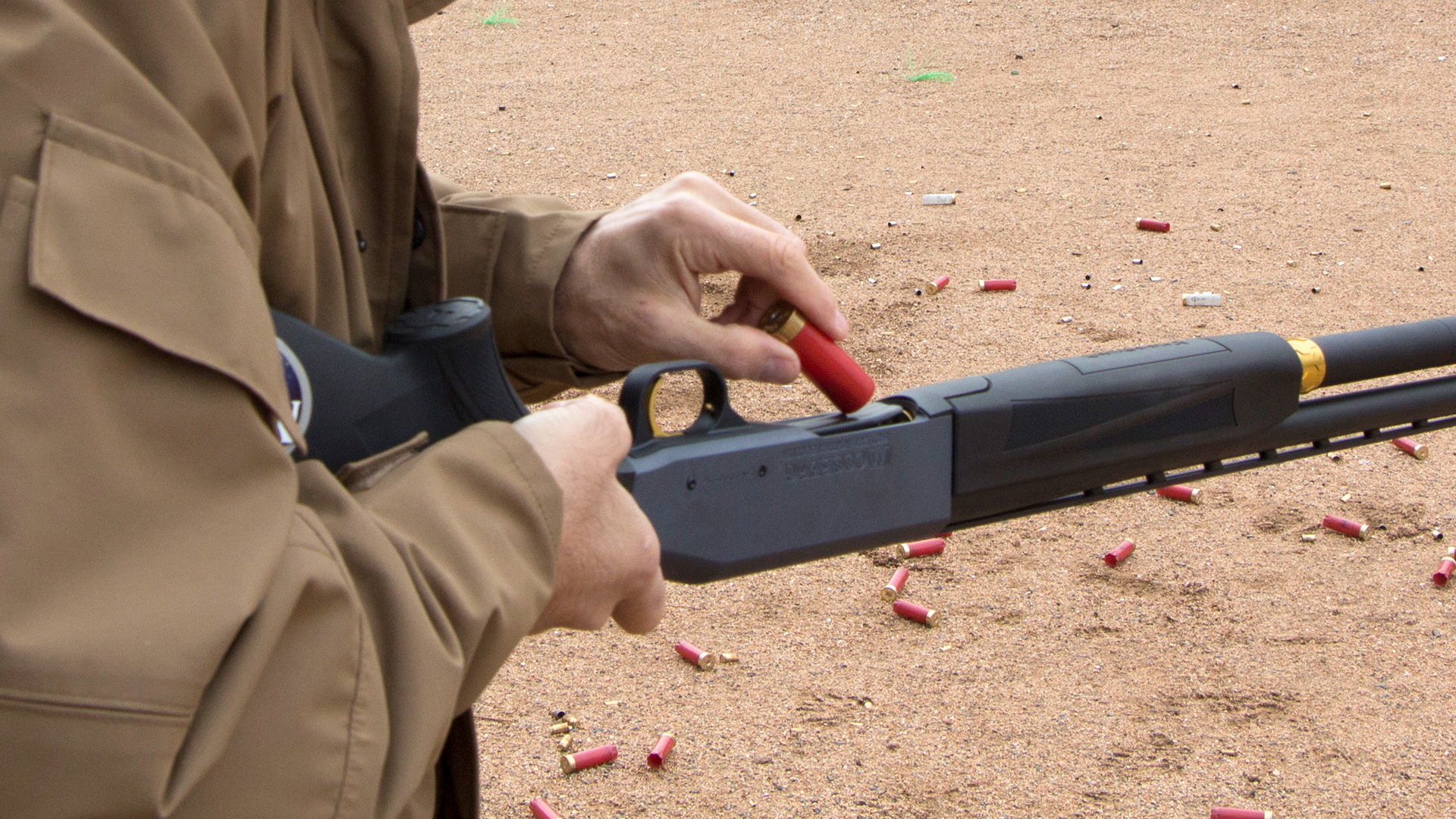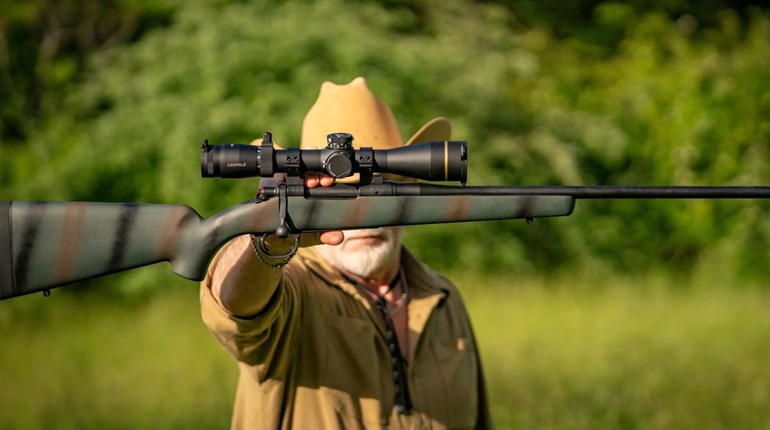
Commercial versions of military small arms don't always remain faithful to their parent designs. Changes may be mechanical and required simply to comply with federal laws, or they may result in an apple that's fallen far from the tree. Determining which variants will function true to the originals can be frustrating and costly. In the case of Heckler & Koch's G3 family of rifles, I've had recent experience with two current options worth sharing.
I became very familiar with the roller-locked, delayed blowback bolt system via other HK firearms while I was in the Army. I had some initial familiarization training with the G3A3, but I didn't fully appreciate it until I decided to take one overseas. At that critical time—less than a decade ago—no easily portable 7.62 NATO semi-autos were immediately available for service use. The need for a handy, mid-range, hard-hitting carbine forced us to look well beyond our normal armaments. Though the heavily seasoned G3A3 I carried wasn't accurized, a few simple modifications reconfigured it well enough for mountain fighting without sacrificing reliability. Clumsy, heavy and not exactly ergonomic—especially for lefties—the G3 family still managed to carve out a spot in the nostalgic section of my little brain. I decided to add a variant to my collection, but I wanted a solid shooter that wouldn't set me back two months' pay, so I turned to the replica market.
Several years ago, a shipload of surplus CETME rifles hit the American market. The original CETME predates the G3, but HK's line—including the commercial Model 91—is the gold standard to which all others in this family are compared. Current CETMEs are hybridized with enough U.S.-made parts to bring them into compliance with import regulations. Initially, these wooden-stocked guns were priced at a very tempting $150 to $300. A friend bought one and promptly broke the firing pin within the first few rounds, which may have been an anomaly. CETMEs became a bit less appealing when retail prices shot up to $600-plus after the 2008 election.
Last spring, I got a good look at two CETMEs while doing gunsmith work. All major features were authentic, but they both appeared to have been cobbled together from non-HK parts bins. The matte black finish of one was very durable—so thick that several minutes of sandblasting and wire wheel grinding were required to remove a small section for welding. I found most internal components to be of much lower quality than seen in HK products. I can't test for metal hardness or composition, but I know weak firing pin springs, off-center bolt rollers, weak extractor spring/clips and crudely machined parts when I see them. Most CETME rear sights feature a crude aperture that somewhat replicates the original G3 profile. Though tac-welded to the steel receiver, I easily removed one with a few taps from a brass hammer, then had an HK OEM rear drum sight welded on in its place. All cosmetic complaints aside, both CETMEs fired every round I put through them. Though I would not feel comfortable carrying one into any situation requiring heavy firing, I'd still be tempted if I found one in the old $150 to $300 price range.
After ruling out the CETME, I decided to purchase a newly manufactured U.S. variant, the PTR-91. PTR-91 Inc. builds its rifles in the U.S. on original HK-licensed tooling from Portugal. Their semi-auto .308 Win. rifles and carbines faithfully reproduce the G3 family, with a few updates thrown in. Current PTRs use an aluminum handguard with cooling slots and threaded holes for add-on rail mounting. A knurled windage knob is added to the rear, G3A3-style drum sight. Barrels are available in 16-, 18- and 20-inch lengths, either heavy contour or fluted. All parts appear to be the same quality as HK OEM and all aftermarket HK parts that I've tried fit on the PTR-91 without modification.
I've fired approximately 800 mixed rounds through my PTR-91 using a variety of used HK steel and aluminum magazines with no malfunctions to date. Like all such operating systems, the fluted chamber and meteoric ejection combine to eat spent brass to the point of non-reloadability. Unlike my ARs in .308 Win., the PTR cycles the soft brass of surplus German "DAG" ball ammo without a hiccup. While not exactly living up to its name—Precision Target Rifle—mine prints 2-inch iron-sight groups with factory hunting ammunition. A weak link in the G3 accuracy chain has always been the lawyer-proof trigger pull. The fix of installing a "clipped and pinned" MSG-90 match trigger group comes with a premium $800-plus price tag. Using an innovative new hammer-stoning fixture from MHA Custom, I was able to smooth out my trigger's pull and reduce second-stage weight by 1.75 pounds, down to 4 pounds. This operation should only be performed by a gunsmith and will yield a less "squishy," non-match trigger pull.
More aftermarket parts are regularly appearing for commercial G3-style rifles. From collapsible stocks and 50-round drums to railed hand-guards and suppressor mounts, a quick search will yield many options. Despite its design quirks, the G3 family has a rich history of reliable performance. If you're in the market for a civilian-legal version and can't afford an original HK91, I recommend taking a look at the PTR-91. You'll save thousands of dollars and still get a durable, reliable shooter out of the deal.














